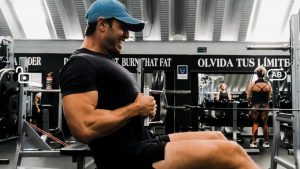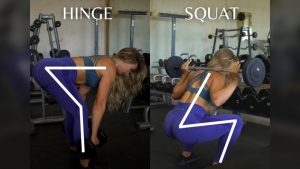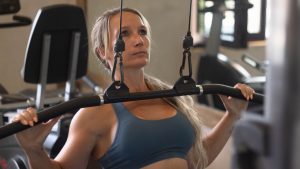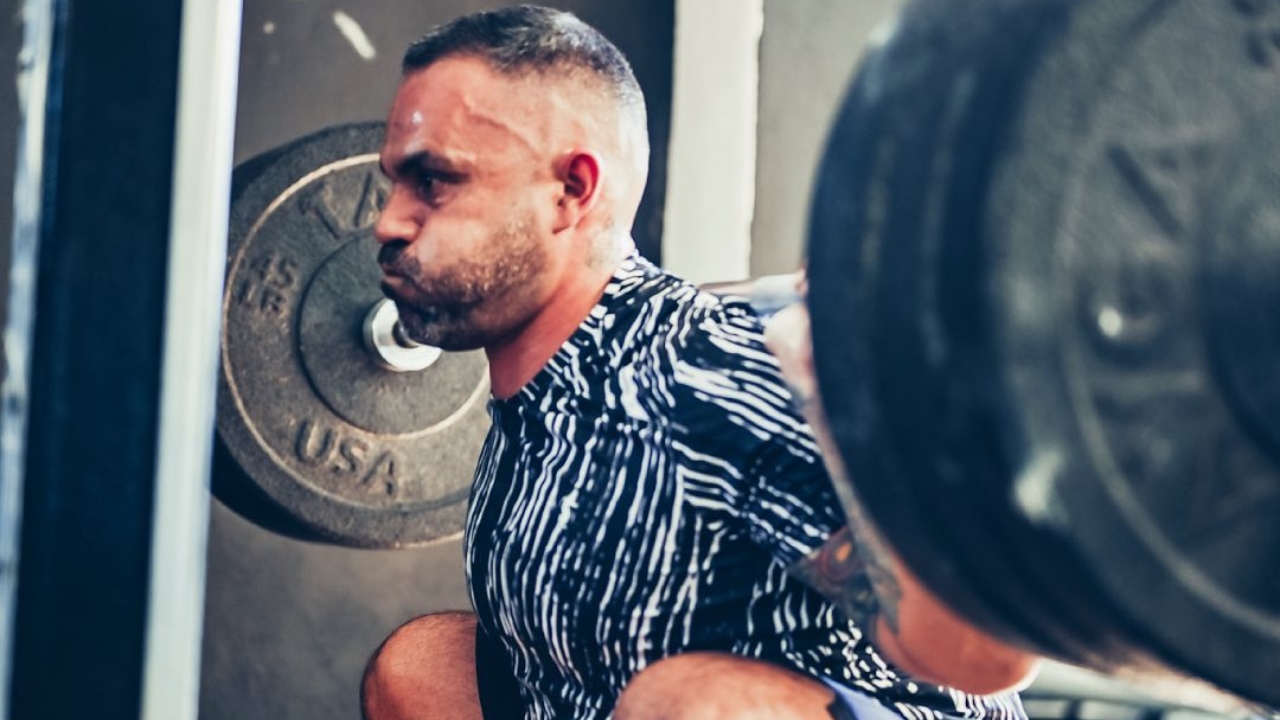Have you ever wondered why so many fitness enthusiasts and athletes focus so much on training glutes? Well, it’s time to unlock the potential of your glutes and discover why training them is so important for your overall health and fitness.
Your glutes are the largest muscle group in your body, making up a significant portion of your core. Training them will help you to improve your posture, increase your strength and power, reduce your risk of injury, and even enhance your overall appearance.
In this article, we’ll explore the benefits of glute training, how to get the most out of your workouts, and which exercises you should focus on. Read on to unlock your glutes potential and find out why training glutes is so important.
What are the glutes?
The glutes are responsible for movement and power in your hips, but also provide support for your spine, knees, and ankles. The majority of the glute muscles are located in your butt, though some are also located in your lower back.
The most powerful glute muscles are the two lateral gluteal muscles called the “medial gluteal” or the “fear muscle” and the “superior gluteal”. The lateral gluteal muscles are the most superficial gluteal muscles located on the side of your hip. The medial gluteal muscle is located in the center of your butt and is responsible for the lateral rotation of your hips, while the superior gluteal muscle is located in the center of your butt and is responsible for the rotation of your pelvis.
Benefits of glutes training
- Improved Core Strength – A strong core is one of the most important aspects of a strength and fitness program. Improving glute strength will help to build core strength, which can lead to better posture, better athletic performance, and improved overall quality of life.
- Improved Balance – Like the core, strong gluteals are key to improved balance. Training your glutes can improve your balance so that you’re less likely to experience falls or other injuries as well as help to increase your hip thrust when standing, running, or walking.
- Enhanced Athletic Performance – Training your glutes can improve athletic performance by enhancing your power and strength in your hips. This can help you to perform better in sports such as golf, soccer, basketball, cycling, and running.
Glutes training tips
- Get into the right mindset – Before you start any exercise program, it’s important to get into the right mindset. You need to be confident in your abilities, but also realistic so that you don’t reach unrealistic expectations.
- Find a glute-friendly workout – Before you get started, you need to find a glute-friendly workout. This should include exercises that target your glutes, but also work other key muscle groups such as your quads, hamstrings, core, and shoulders.
- Add variety to your program – If you want to see results, you need to constantly challenge yourself with new exercises and workout variations.
- Maintain form – Remember, this isn’t just about lifting heavy weights and getting bulky muscles. This is about building powerful muscles while keeping safe and minimizing the risk of injury.
- Choose the right equipment – You don’t just need to look at what type of equipment you’re using, but also how you’re using it. Also, consider the environment you’re exercising in.
How to progress your glutes training
- Ensure you’re eating a healthy diet – Core training without a healthy diet is pointless. So, make sure you’re eating a balanced diet, including essential vitamins and minerals, protein, healthy fats, and carbohydrates.
- Add intensity to your workouts – It’s important to continually challenge yourself, but you should also always try to increase the intensity of your workouts. This can be done in a number of ways including increasing the weight you’re lifting, increasing the number of reps you’re doing, or adding more sets to your workouts.
- Keep your diet consistent – Training alone won’t result in gains. Instead, you must maintain a consistent diet that includes a healthy mix of protein, healthy fats, and carbohydrates for your muscles to grow and get stronger.
- Maintain a consistent training program – While these three things are important for your overall health and fitness, you also need to make sure you’re completing an effective glute training program.
Common mistakes to avoid
- Not eating enough – Training your glutes without eating a healthy diet is pointless. Make sure you’re eating a balanced diet, including a mix of whole grains, fruit, vegetables, and protein.
- Not maintaining a consistent training program – While these three things are important for your overall health and fitness, you also need to make sure you’re completing an effective glute training program.
- Not adding intensity to your workouts – While it’s important to challenge yourself, you also need to make sure that you’re challenging your muscles to get the most out of your time in the gym.
- Not progressing your training – It’s important to add intensity to your workouts, but it’s also important to make sure that you’re progressing your training. This means that you’re gradually increasing the intensity of your workouts from week to week.
- Not eating a consistent diet – Training alone won’t result in gains. Instead, you must maintain a consistent diet that includes a healthy mix of protein, healthy fats, and carbohydrates for your muscles to grow and get stronger.








